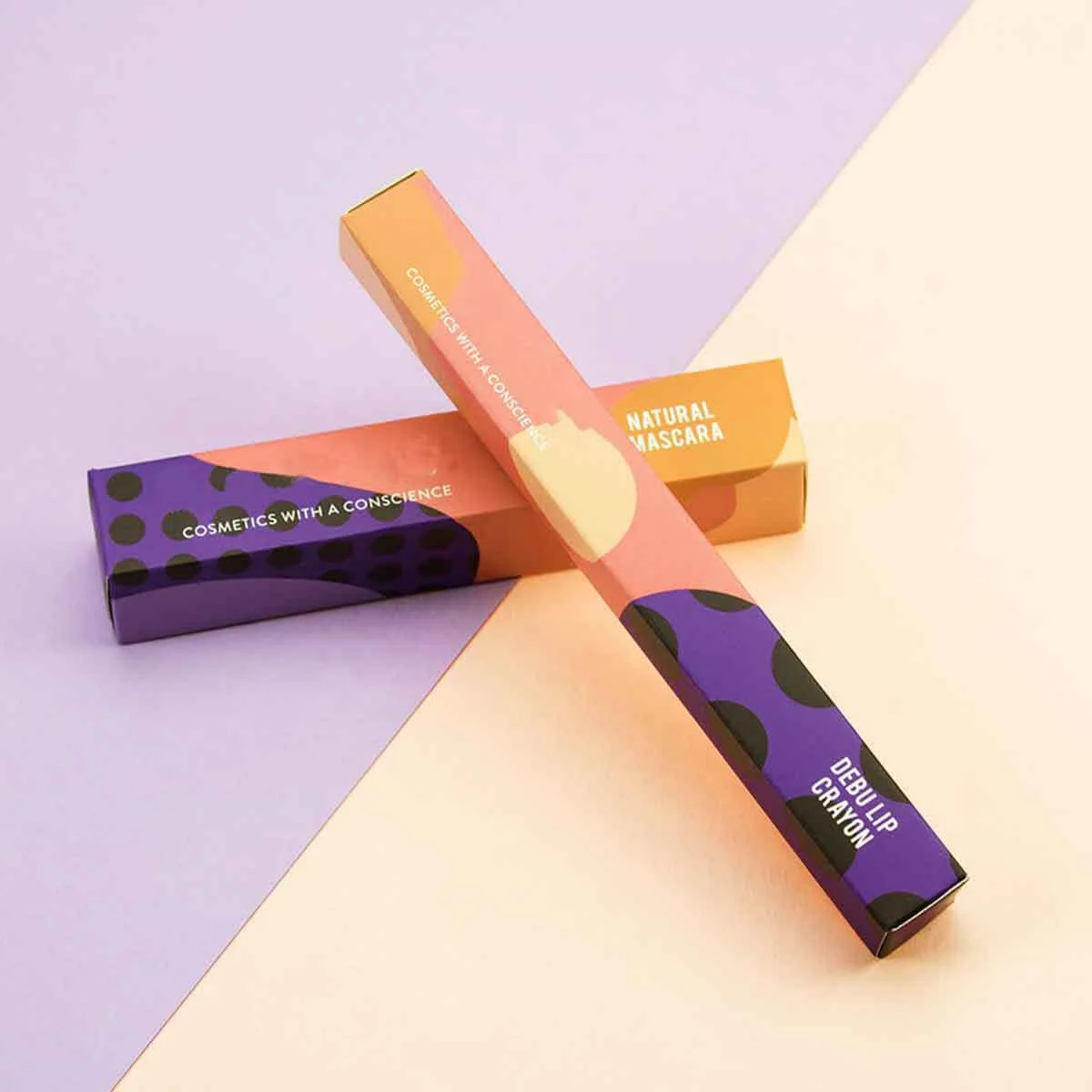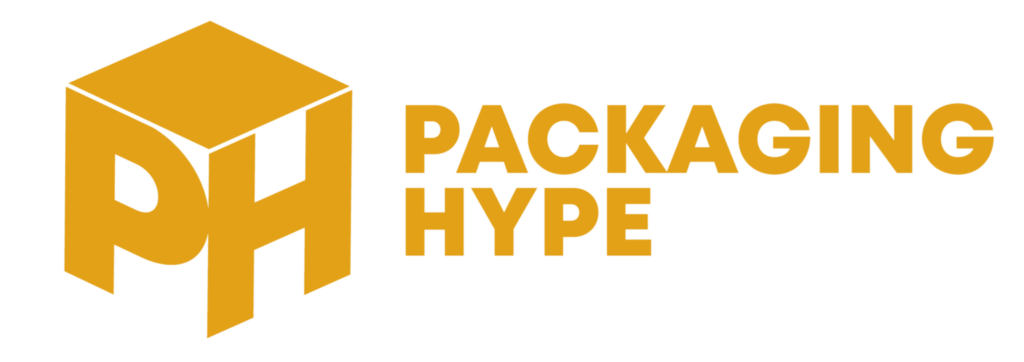Comprehensive Guide to Concealer Boxes
Concealer boxes are an essential component in the cosmetics industry, providing both functional and aesthetic value to the product they encase. These boxes are specifically designed to protect the delicate concealer products while enhancing their visual appeal. This guide delves into the various aspects of concealer boxes, including their importance, design elements, materials used, and environmental impact.
Importance of Concealer Boxes
Protection and Preservation
Concealer boxes play a crucial role in protecting the product from external factors such as moisture, light, and physical damage. Concealers, being a key part of makeup routines, need to maintain their consistency and effectiveness, which is ensured by proper packaging. The boxes shield the concealer from contamination and degradation, ensuring that the product remains safe for use over time.
Branding and Marketing
Packaging is a vital aspect of branding and marketing in the cosmetics industry. Concealer boxes serve as a canvas for brands to communicate their identity, values, and product benefits. Attractive and well-designed packaging can catch the eye of potential customers, making the product stand out on retail shelves. The use of colors, fonts, and imagery on the boxes helps in creating a memorable brand image and driving consumer preference.
Design Elements of Concealer Boxes
Material Choices
The choice of material for concealer boxes is influenced by various factors including durability, printability, and sustainability. Common materials used include:
- Cardboard: Widely used for its cost-effectiveness and ease of customization. Cardboard is also eco-friendly and recyclable.
- Corrugated Paperboard: Offers enhanced durability and protection, suitable for shipping and handling.
- Plastic: Provides a sleek and modern look, often used for premium concealer brands. However, its environmental impact is a consideration.
- Eco-Friendly Materials: Increasingly popular, these include recycled paper and biodegradable plastics, aligning with the growing trend towards sustainability.
Structural Design
The structural design of concealer boxes is tailored to ensure the product is secure and visually appealing. Key design features include:
- Window Cut-Outs: These allow customers to see the product without opening the box, adding transparency and boosting purchase confidence.
- Insert Trays: Used to hold the concealer firmly in place, preventing movement and potential damage during transportation.
- Hinged Lids and Magnetic Closures: Provide an upscale look and convenient access to the product.
Aesthetic Design
Aesthetic design is crucial for attracting customers. This includes:
- Color Schemes: Should align with the brand’s identity and the target audience’s preferences.
- Graphics and Imagery: High-quality images and graphics can highlight product benefits and usage.
- Typography: Fonts and text placement should be clear and readable, conveying essential information effectively.
Printing Techniques
Offset Printing
Offset printing is the most common technique used for concealer boxes due to its high-quality output and cost-effectiveness for large runs. It offers excellent color reproduction and detail, making it ideal for complex designs.
Digital Printing
Digital printing is suitable for smaller runs and offers flexibility in customization. It allows for quick turnaround times and is cost-effective for limited editions or seasonal packaging.
Foil Stamping and Embossing
These techniques add a touch of luxury to concealer boxes. Foil stamping involves applying a metallic foil to the box, creating a shiny and eye-catching effect. Embossing raises parts of the design, adding a tactile dimension that enhances the overall feel of the packaging.
Customization Options
Size and Shape
Customization in size and shape allows brands to create unique packaging that fits their specific product dimensions and branding strategies. Unconventional shapes can make a product stand out and create a distinctive shelf presence.
Finishes
Different finishes can be applied to concealer boxes to enhance their look and feel:
- Matte Finish: Provides a smooth, non-reflective surface that gives a sophisticated and elegant look.
- Gloss Finish: Offers a shiny and reflective surface, making colors pop and attracting attention.
- Soft-Touch Finish: Adds a velvety texture, giving a premium feel to the packaging.
Personalization
Personalization is a growing trend in the cosmetics industry. Brands can offer concealer boxes with custom prints, names, or messages, adding a personal touch that can enhance customer loyalty and satisfaction.
Environmental Impact
Sustainable Materials
With growing environmental consciousness, many brands are opting for sustainable materials for their concealer boxes. Recycled paper, biodegradable plastics, and other eco-friendly materials reduce the environmental footprint of the packaging.
Minimalist Design
Minimalist design focuses on reducing excess materials and using only what is necessary. This not only lowers production costs but also aligns with the principles of sustainability by reducing waste.
Recyclability
Ensuring that concealer boxes are recyclable is another crucial aspect. Clear recycling instructions on the packaging can help consumers dispose of the boxes responsibly, contributing to a circular economy.
Conclusion
Concealer boxes are more than just containers; they are a critical element in the presentation and preservation of cosmetic products. From protecting the concealer to enhancing the brand’s identity and appeal, the design and functionality of these boxes play a significant role in the success of the product. As the cosmetics industry continues to evolve, so too will the trends and technologies in packaging, with a growing emphasis on sustainability and innovation. Brands that invest in well-designed, high-quality, and eco-friendly concealer boxes are likely to see positive impacts on their market presence and customer satisfaction.

